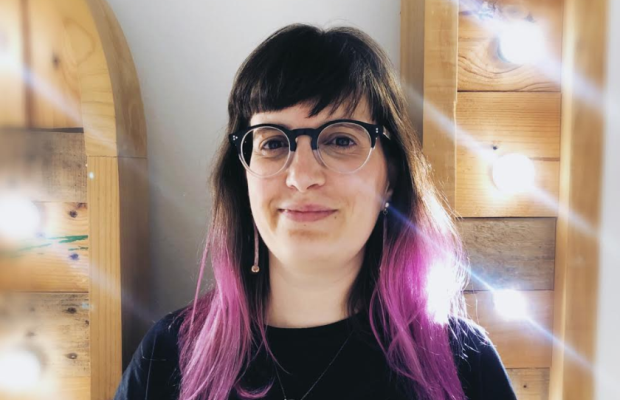
Getting to Grips with TikTok

From time to time new social networks emerge, and they’re often presented as the new threat to Instagram. The reality is that few end up really competing with the Facebook family (WhatsApp, Messenger, Instagram and Facebook). But this is not the case with TikTok, a social network that can truly boast about cracking the younger audience.
If you’re not yet familiar with TikTok, it’s an application that specialises in short videos in vertical format, 100% mobile usability and in Spain alone has more than 3 million active users per month. The main difference with other platforms is that it uses artificial intelligence to show a personalised feed to each user and has been focused, very smartly, on providing the necessary tools so that users can edit their content within the application itself. This has encouraged users to show their most creative side while sharing their skills or everyday moments. It is clearly an attractive platform for users, but what about brands? How can you incorporate it into your communication strategy?
I will try to explain it through our experiences at LOLA MullenLowe…
Past
At the beginning of 2018 we detected that Musical.ly, a music focused platform based on short videos in lip-sync format had become popular among Spanish teenagers. With this premise in mind, we created audiovisual pieces for the snack brand Grefusa with the kind of music that teenagers listen to. Our goal was to launch a notorious campaign to connect with the youngest audience and reinforce that eating sunflower seeds is cool.
A few days after launching the campaign it was confirmed that we hit the spot. A user posted a video using the audio from our videos in Musical.ly and it went viral, both within the platform itself (with more than 50,000 views) and outside it (many users shared the content they had also created on Instagram and YouTube). We learned that although advertising in general bores younger people, the music and the tone of the communication were key elements to connecting emotionally with them, entertaining them and getting them to share our content.
Present
In 2019 we faced a similar challenge, communicating the launch of a new sweet snack to the youngest segment of Gen Z. But the context had changed: Musical.ly is now called TikTok and the content that triumphs on the platform has evolved from lip-syncing to highly diverse entertainment where ‘tiktokers’ influence grows exponentially and opens the doors to advertisers with various paid formats. For this communication strategy we combined previous learning (music and communication tone) and incorporated the new elements that came into play.
In the trends section of the app you will see the majority of content centers around challenges. On TikTok, anyone can go viral (regardless of the number of followers they have) and users want their version of the challenge to be bigger and better than the original. So, for a challenge to work, it can’t be left to chance and it can’t be too easy to replicate.
Taking this new context into account, we decided the paid format was going to be the best for our hashtag challenge. We developed specific content to make people aware of the challenge and involved relevant creators within TikTok to amplify the campaign. The main campaign asset was a 15” video with a catchy song about three classic cupcakes; Pink Panther, Tigreton and Bony and then presented the new product, “Penguins”. The aim of the campaign was to get users to become active agents and generate their own content for the brand under the hashtag #RetoPastelokis. As of today, the challenge has more than 14 million views.
Future
The future of brands on TikTok will involve working hand-in-hand with creators to serve as rocket ships to spread messages. Identifying and working with creators who have a fanbase of users with similar interests will allow us to optimise our communications to reach those users most predisposed to interact with our content.
On TikTok today we can find relevant profiles in categories ranging from humour, music, animals or food, to the more niche categories like parkour or cosplay. Incorporating TikTok into our strategy as a catalyst channel will allow us to connect with the youngest people and gain enough momentum to propagate it on other channels. In fact, many of the challenges that have gone viral this year started on TikTok. When a user sees that many people are participating or commenting on something, it is perceived as popular and increases the chances that they will join the trend. Right now TikTok is the ideal social network to reach the youngest audience but if the variety of content continues to grow and its ability to spread messages increases, it may become a go-to channel for wider audiences.
In short, brands which are more agile and adjust their strategy to involve the channels where their target audience spends more hours will be successful. The new dynamics of the most digital generation to date require us to be brave, to experiment and give a new approach to communication strategies. That said, I am surprised that there aren’t more brands implementing TikTok into their strategy. In such a saturated digital context we should take advantage of these new opportunities to escape stagnation and differentiate ourselves from others.
Estefanía Navarro is Social Media Strategist at LOLA MullenLowe Barcelona













